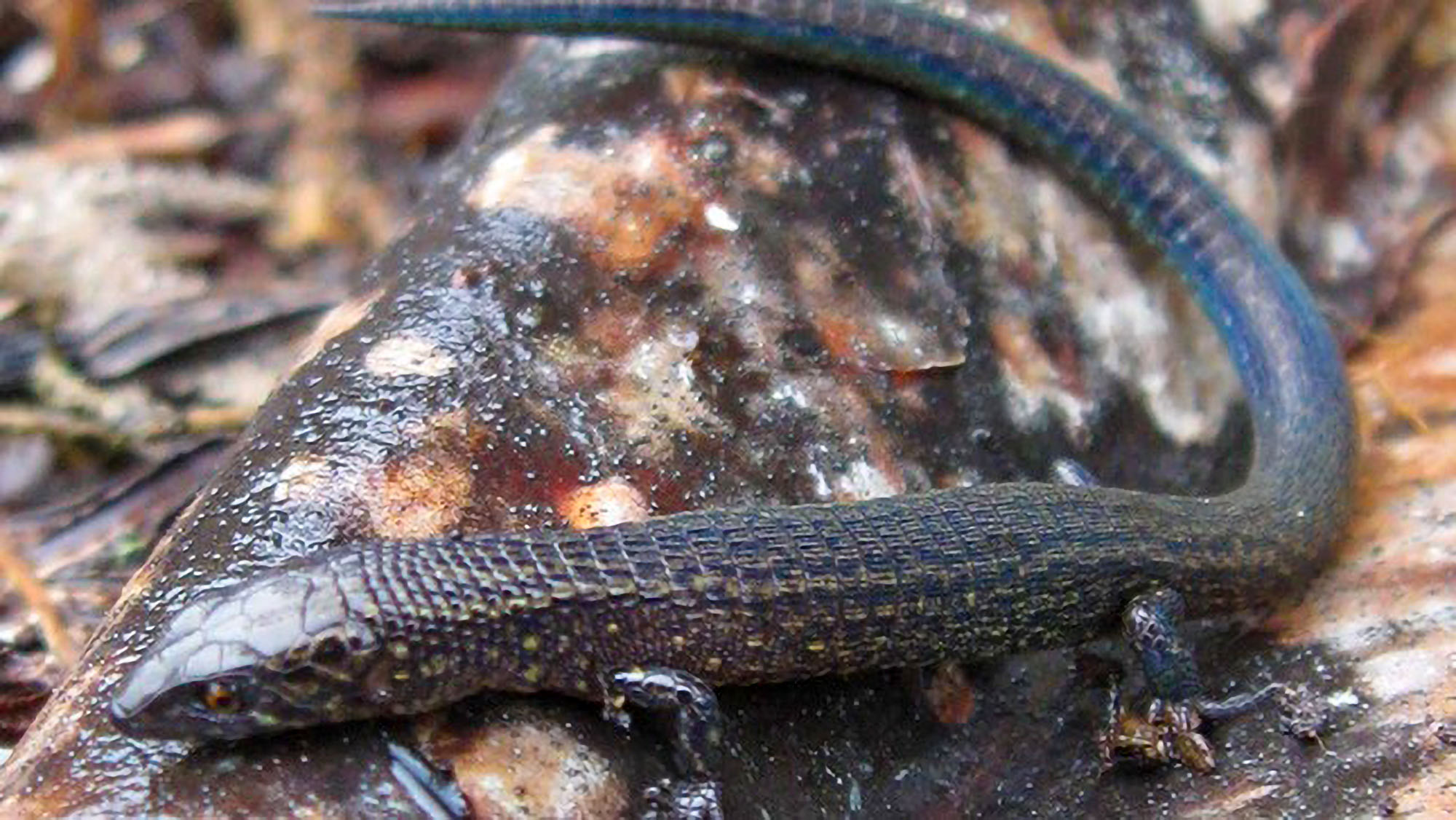A new species of lizard that was classified as endangered almost as soon as it was found has been discovered in the Inca city of Machu Picchu and has been given the name after the popular Transformer character Optimus Prime.
The new lizard species, discovered in the 15th-Century city of Machu Picchu, an Incan citadel set high in the Andes Mountains in Peru, has been officially named ‘Proctoporus optimus’, in reference to the popular Autobot leader Optimus Prime from the Transformers franchise.
The Peruvian conservation authority, the National Service of Natural Areas Protected by the State (SERNANP), said that the species was “discovered in the Historic Sanctuary of Machu Picchu and named as a tribute to Optimus Prime, a character in the science fiction movie Transformers, which was filmed in this protected natural area and other places in Peru.”
The SERNANP said: “The discovery was made with the help of genetic sequences (DNA) and a review of specimens in the scientific collections of the Museum of Natural History of the National University of San Antonio Abad of Cusco, the Museum of Biodiversity of Peru and the scientific collection of vertebrates of the University of Texas at Arlington.”
They added that a second species was also discovered in the nearby Machiguenga Communal Reserve, a protected national park, in the Cusco Region, in southern Peru.
The second species has been named ‘Proctoporus katerynae’ after the biologist Kateryn Pino Bolaños. The SERNANP said that both species were being considered as endangered due to climate change.

They added that both species “belong to the genus Proctoporus, a group of lizards that are distributed in the Andes of Argentina, Bolivia and Peru”.
They said: “As part of the study, it has also been identified that both species would be threatened by anthropogenic activities and climate change, the latter due to an effect known as ‘Escalator to Extinction’, in which the temperature of the lowlands increases and the species they migrate towards the high parts of the mountains looking for their optimum temperature; which causes a reduction in its distribution area.”
The study was carried out by Luis Mamani, Roxana Cruz, Sergio Mallqui and Alessandro Catenazzi, as a collaborative effort between the Universidad Senor de Sipan, which is a university in Chiclayo, Peru, as well as from the University of Concepcion, in Chile, the Natural History Museum of the National University of San Antonio Abad del Cusco, the Biodiversity Museum of Peru, and the International University of Florida, in the United States. It also had the support of the park ranger staff of the Historic Sanctuary of Machu Picchu, according to the SERNANP.
Machu Picchu is one of the most important tourist attractions in South America. It was built by the Incas in the 15th century and is made up of approximately 200 buildings, with around 3,000 tourists visiting the ruins every day.
Built by the Inca ruler Pachacutec, Machu Picchu was discovered for science in July 1911 by the American archaeologist Hiram Bingham. Machu Picchu became a UNESCO World Heritage site in 1983.
To find out more about the author, editor or agency that supplied this story – please click below.
Story By: Joseph Golder, Sub-Editor: Marija Stojkoska, Agency: Newsflash
The Ananova page is created by and dedicated to professional, independent freelance journalists. It is a place for us to showcase our work. When our news is sold to our media partners, we will include the link here.




